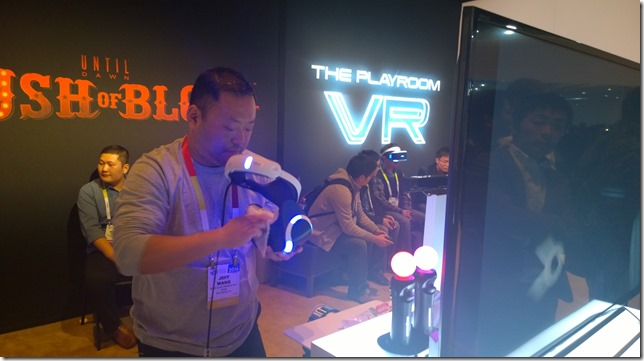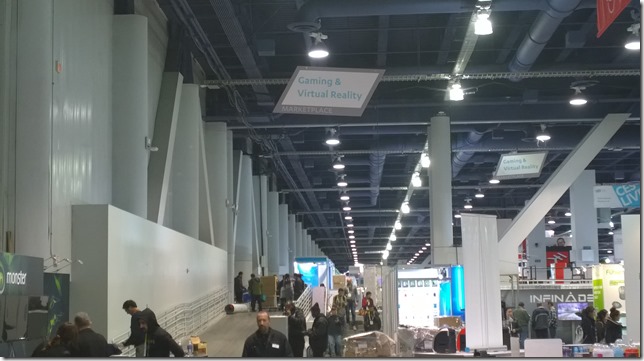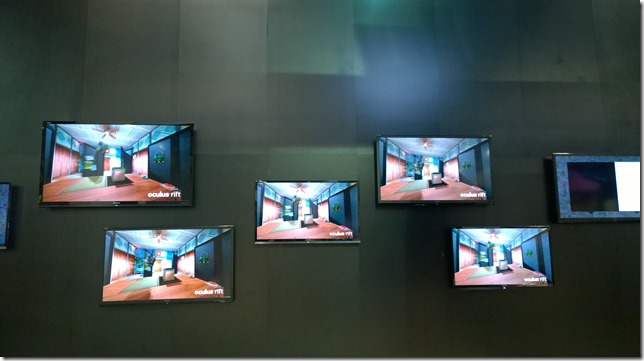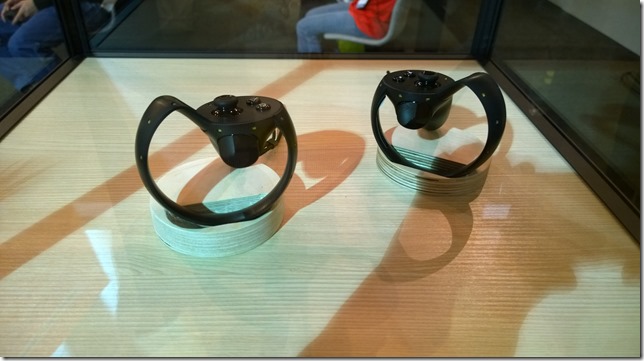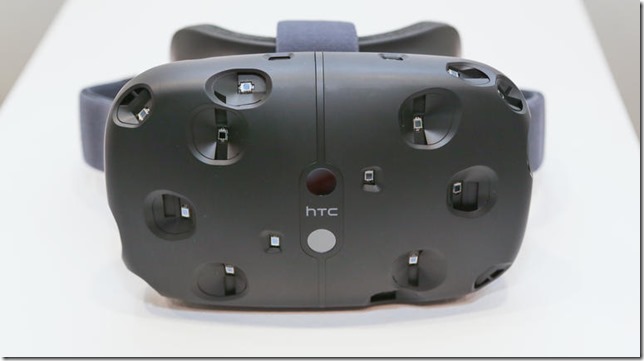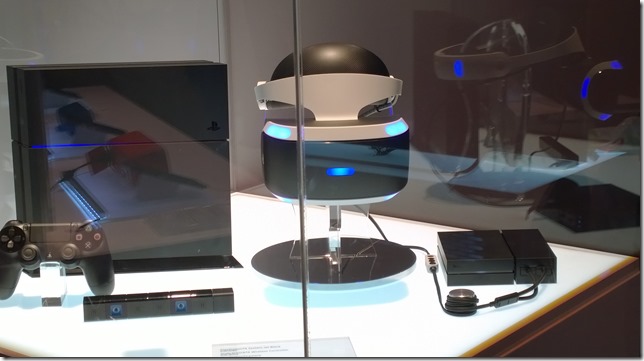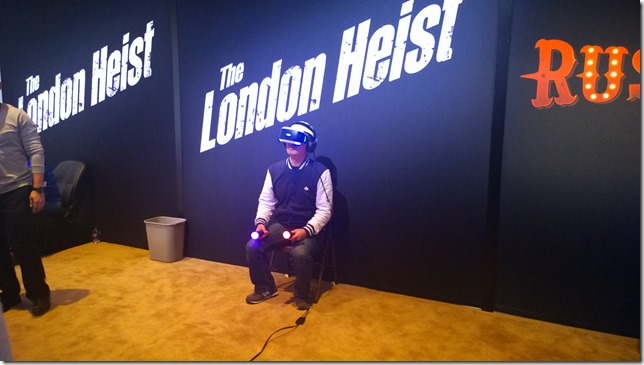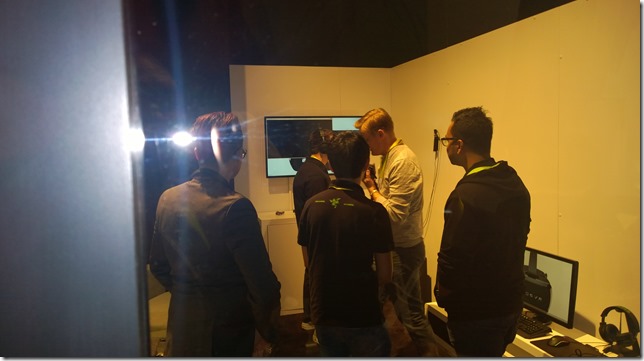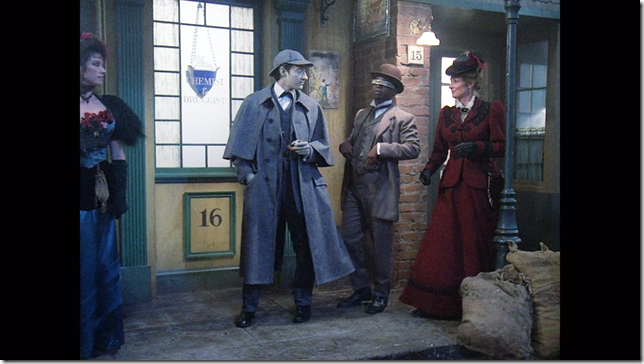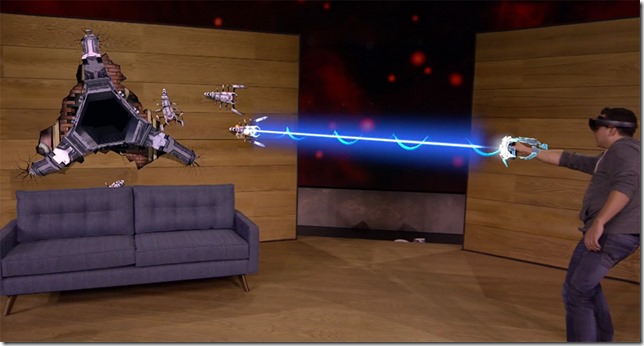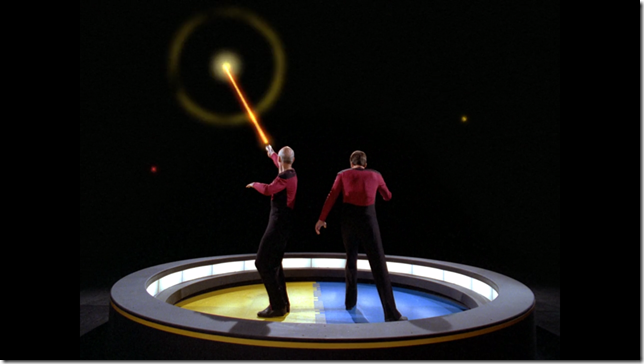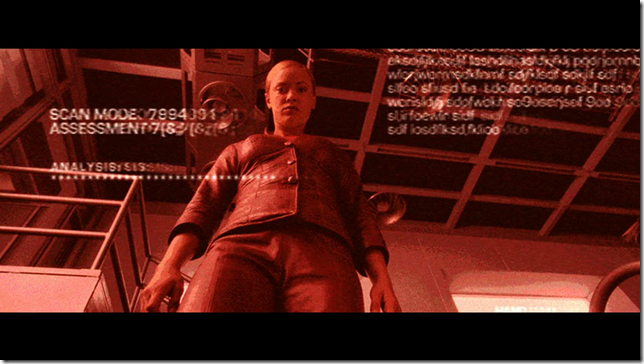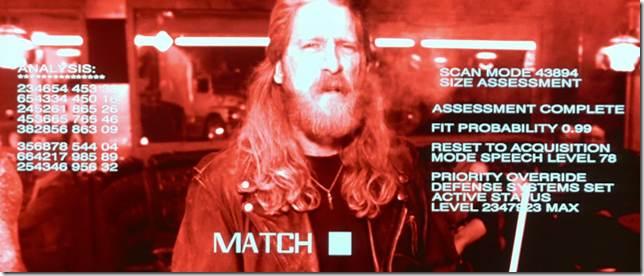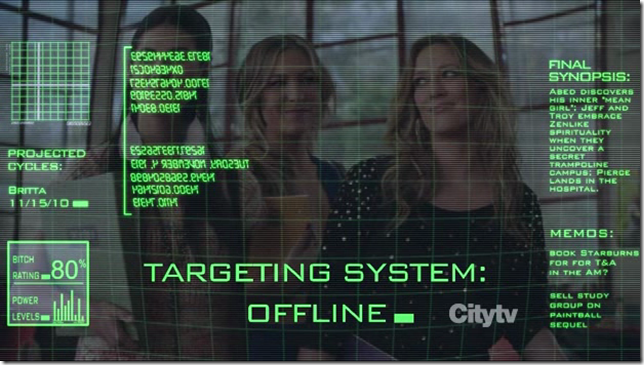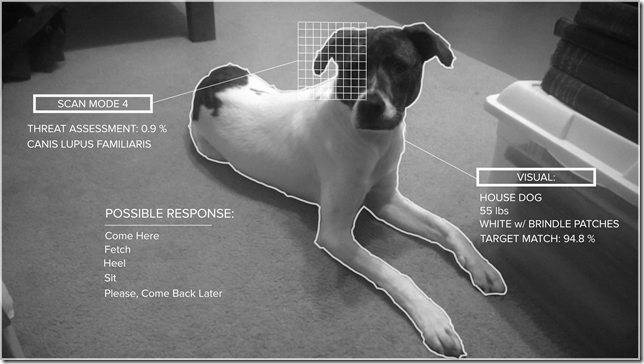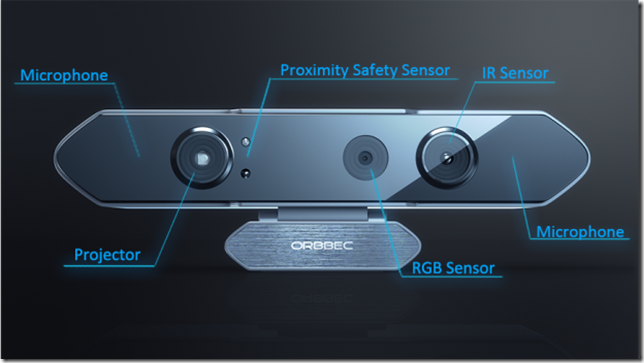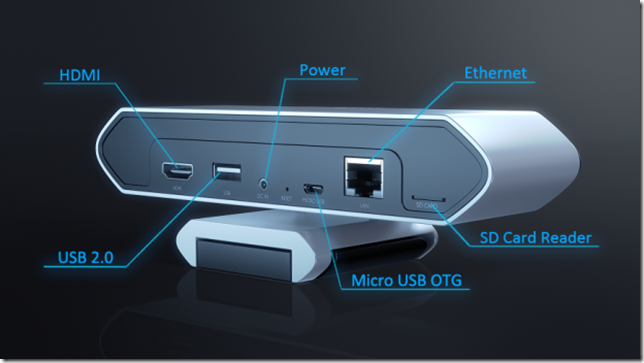
Coding is hard and learning to code is perhaps even harder.
The current software community is in a quandary these days about how to learn … much less why we must learn. It is now acknowledged that a software developer must constantly retool himself (as an actor must constantly rebrand herself) in order to remain relevant. There is a lingering threat of sorts as we look around and realize that developers are continually getting younger and younger while the gray hairs are ne’er to be seen.
Let me raise a few problems with why we must constantly learn and relearn how to code before addressing the best way to relearn to code. Let me be “that guy” for a moment. First, the old way of coding (from six months ago) was probably perfectly fine. Nothing is gained for the product by finding a new framework or new platform or, God forbid, new paradigm for your product. Worse, bad code is introduced while trying to implement code that is only half-understood and time is lost as developers spend their time learning it. Even worse worse, the platform you are switching to probably isn’t mature (oh, you’re going to break angularjs in the next major release because you found a better way to do things?) and you’ll be spending the next two years trying to fix those problems.
Second, you’re creating a maintenance nightmare because there are no best practices for the latest and greatest code you are implementing (code examples you find on the Internet written by marketing teams to show how easy their code is don’t count) and, worse and worser, no one wants to get stuck doing maintenance while you are off doing the next latest and greatest thing six months from now. Everybody wants to be doing the latest and greatest, it turns out.
Third, management is being left behind. The people in software management who are supposed to be monitoring the code and guiding the development practices are hanging on for dear life trying to give the impression that they understand what is going on but they do not. And the reason they do not is because they’ve been managers for the past six cycles while best practices and coding standards have been flipped on their heads multiple times. You, the developers, are able to steamroll right over them with shibboleths like “decoupling” and “agility”. Awesome, right? Wrong. Managers actually have experience and you don’t – but in the constantly changing world of software development, we are able to get away with “new models” for making software that no one has heard of, that sound like bs, and that everyone will subscribe to just because it is the latest thing.
Fourth, when everyone is a neophyte there are no longer any checks and balances. Everyone is constantly self-promoting and suffering from imposter syndrome. They become paranoid that they will get caught out – which has a destructive impact on the culture – and the only way out of it is to double down on even newer technologies, frameworks and practices that no one has ever heard of so they can’t contradict you when you start spouting it.
Fifth, this state of affairs is not sustainable. It is the equivalent of the housing and credit bubble of 2008 except instead of money or real estate it concerns knowledge. Let’s call it a knowledge bubble. The signs of a knowledge bubble are 1) the knowledge people possess is severely over-valued 2) there are no regulatory systems in place (independent experts who aren’t consultants or marketing shills) to distinguish properly valued knowledge from BS 3) the people with experience in these matters, having lived through past situations that are similar, are de-valued, depreciated and not listened to. This is why they always seem to hate everyone.
Sixth, the problem that the knowledge industry in coding is trying to solve has not changed for twenty plus years. We are still trying to gather data, entered using a keyboard, and storing it in a database. Most efficiencies that have been introduced over the past twenty years have come primarily from improved hardware speeds, improved storage and lower prices for these. The supposed improvements to moving data A to location B and storing it in database C over the past twenty years due to frameworks and languages has been minimal – in other words, these supposed improvements have simply inflated the knowledge bubble. Unless we as individuals are doing truly innovative work with machine learning or augmented reality or NUI input, we are probably just moving data from point A to point B and wasting everyone’s time searching for more difficult and obscure ways to do it.
So why do we do it? A lot of this is due to the race for higher salaries. In olden days – which we laugh at – coders were rewarded and admired for writing lines of code. The more you wrote, the more kung fu you obviously knew. Over time, it because apparent that this was foolish, but the problem of determining who had the best kung fu was still extant, so we came up with code mastery. Unfortunately, there’s only so much code you can master – unless we constantly create new code to master! Which is what we all collectively did. We blame the problems of the last project on faulty frameworks and faulty processes and go hunting for new ones and embrace the first ones we find uncritically because, well, it’s something new to master. This, in turn, provides us with more ammunition to come back to our gray haired and two years behind bosses (who are no longer coders but also not trained managers) with and ask for more titles and more money. (Viceroy of software developer sounds really good, doesn’t it? Whatever it means, it’s going to look great on my business card.)
On the other hand, constantly learning also keeps us fresh. All work and no play makes Jack a dull boy, after all. There have been studies that demonstrate that an active mental life will keep us younger, put off the symptoms of Alzheimer’s and dementia, and generally allow us to live longer, happier lives. Bubbles aren’t all bad.

So on to the other problem. What is the best way to learn? I personally prefer books. Online books, like safari books online, are alright but I really like the kind I can hold in my hands. I’m certainly a fan of videos like the ones Pluralsight provides but they don’t totally do it for me.
I actually did an audition video for Pluralsight a while back about virtual reality which didn’t quite get me the job. That’s alright since Giani Rosa Gallini ended up doing a much better job of it than I could have. What I noticed when I finished the audition video was that my voice didn’t sound the way I thought it did. It was much higher and more nasally than I expected. I’m not sure I would have enjoyed listening to me for three hours. I’ve actually noticed the same thing with most of the Pluralsight courses – people who know the material are not necessarily the best people to present the material. After all, in movies and theater we don’t require that actors write their own lines. We have a different role, called the writer, that performs that duty.
Not that the voice acting on Pluralsight videos are bad. I’m actually very fond of listening to Iris Classon’s voice – she has a lilting non-specific European accent that is extremely cool – as well as Andras Velvart’s charming Hungarian drawl. In general, though, meh to the Pluralsight voice actors. I think part of the problem is that the general roundness of American vowels gets further exaggerated when software engineers attempt to talk folksy in order to create a connection with the audience. It’s a strange false Americanism I find jarring. On the other hand, the common-man approach can work amazingly well when it is authentic, as Jamie King does in his Youtube videos on C++ pointers and references – it sounds like Seth Rogan is teaching you pointer arithmetic.
Wouldn’t it be fun, though, to introduce some heavy weight voice acting as a premium Pluralsight experience? The current videos wouldn’t have to change at all. Just leave them be. Instead, we would have someone write up a typescript of the course and then hand it over to a voice actor to dub over the audio track. Voila! Instantly improved learning experience.
Wouldn’t you like to learn AngularJS Unit Testing in-depth, Using ngMock with Sir Ian McKellan? Or how about C# Fundamentals with Patrick Stewart? MongoDB Administration with Hellen Mirren. Finally, what about Ethical Hacking voiced by Angelina Jolie?
It doesn’t even have to be big movie actors, either. You can learn from Application Building Patterns with Backbone.js narrated by Steve Downes, the voice behind Master Chief, or Scrum Master Skills narrated by H. Jon Benjamin, the voice of Archer.
Finally, the voice actors could even do their work in character for an additional platinum experience for diamond members – would you prefer being taught AngularJS Unit Testing by Sir Ian McKellan or by Magneto?
For a small additional charge, you could even be taught by Gandalf the Grey.
Think of the sweet promotion you’d get with that on your resume.

